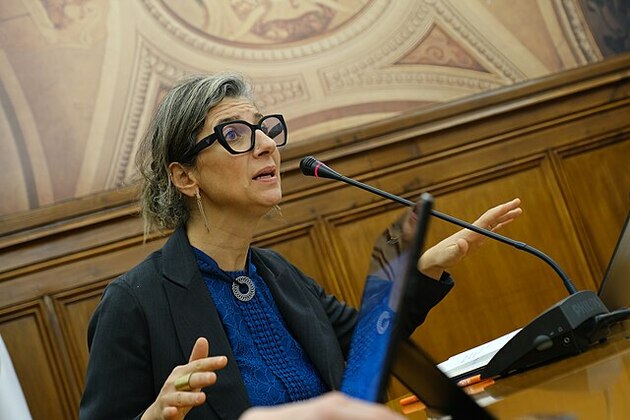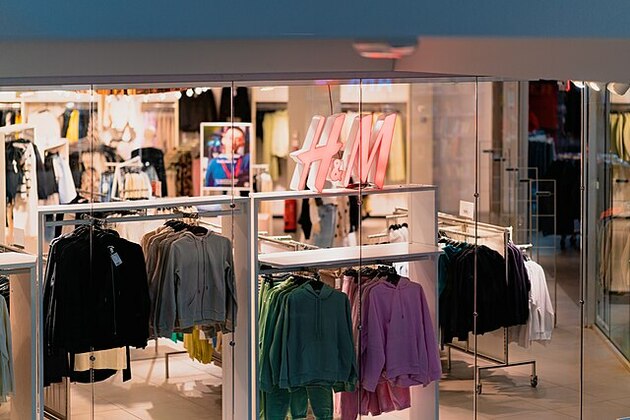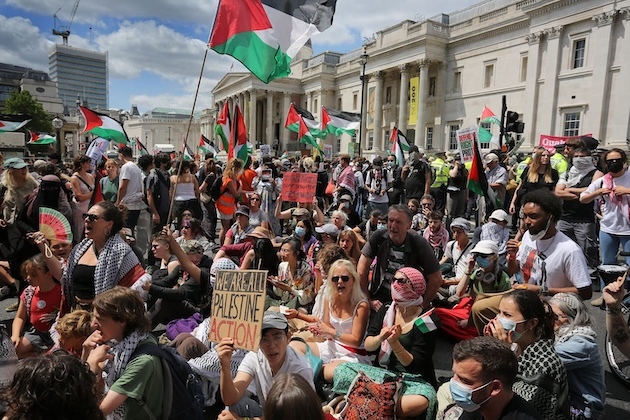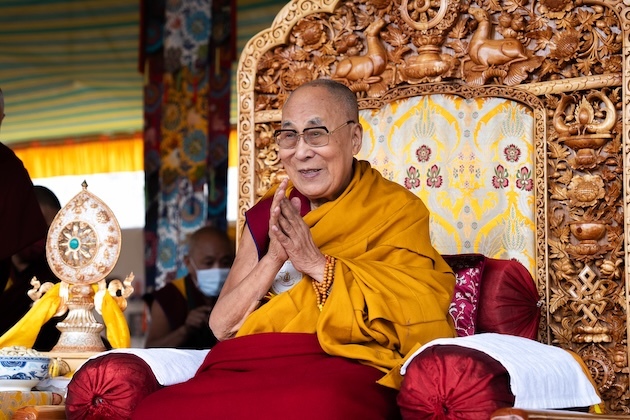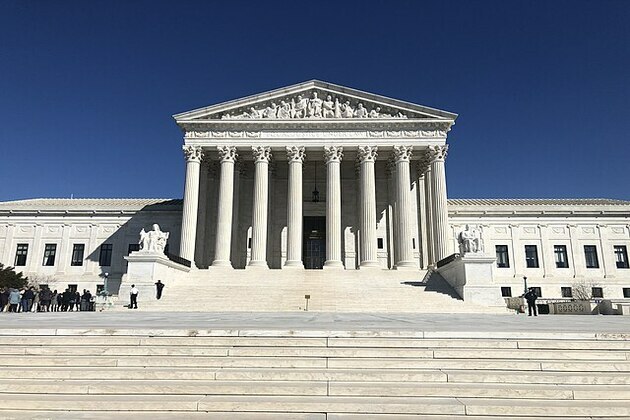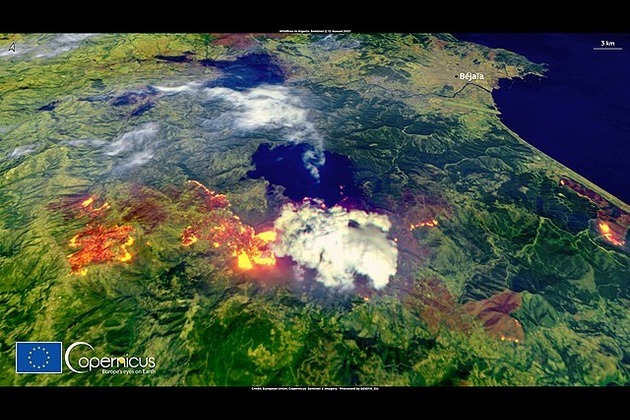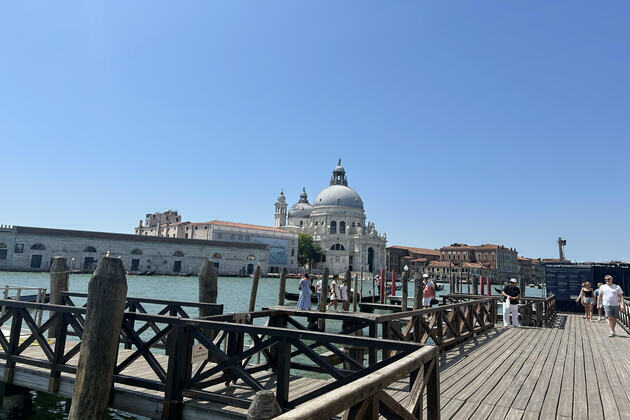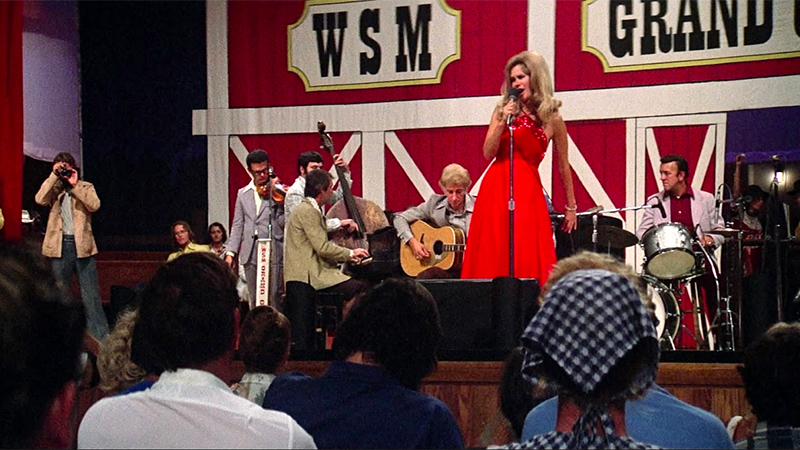Architecture: four ideas from history that offer healthier design
The Conversation
31 Mar 2020, 20:14 GMT+10
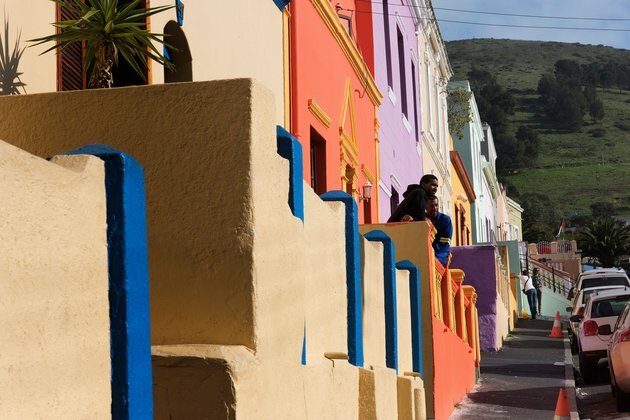
The response to COVID-19 has taken a spatial turn. Borders have been strengthened, people are being asked to confine themselves to their homes. Public spaces - markets, stadiums, schools - have been closed. It has suddenly changed the image of homes and cities.
I've compiled a short list of some of the design features of architecture through history that provide useful insights into what COVID-19 has taught us to be mindful of.
1. Waterpoints
A necessary and immediate public health intervention to stop the transmission of COVID-19 is through washing of hands. New rituals for timing the action, like singing Happy Birthday twice, have been invented.
Read more: Yes, washing our hands really can help curb the spread of coronavirus
Most modern buildings do not have taps anywhere near the entrances, as bathrooms, considered primarily as private places for toilet functions, are located deep within them.
In contrast, historical places were deeply sensitive to the transmissive dangers of gathering. In Rome, the provision of fountains supplied water from afar to the growing city. Their restoration in the Baroque period allowed for the hydration of pilgrims, itself a public health support, and for everyday practices such as washing and laundry.
At a closer scale, the location of cleansing rooms to support Islamic practices of wuḍūʾ, the ritual cleansing before prayers, is a model for transformed practices.
2. Learn from brass
The newest coronavirus appears to attach well to modern materials like glass, some metal alloys and plastics. The shiny surfaces most associated with cleanliness are potentially the most risky.
In contrast, the roughness of organic surfaces such as fabrics, and possibly wood and raw ceramics, appears to break up the RNA chains.
But porous surfaces bring their own cleanliness challenges. We could learn from Alvar Aalto's use of brass as a material for handles, given the far faster degradation of viral material on copper than on its modern substitute, stainless steel.
3. Courtyards, porches and lobbies
The courtyard allows for households to interact with sunlight and open air without needing to step into the public realm. It is typical of many of the largest towns of the world prior to the 20th century.
The alleys called hutongs in Beijing in Beijing, the corte or courtyards of Venice, the lapa of Southern Africa and the patio of Latin vernaculars all have an intrinsic function of supporting quarantine if required. The courtyard is a place to store provisions, to hang out bedding to air or dry, to allow children to play and to hear each other's sounds of health or distress.
Later typologies developed through colonial encounters with the indoor-outdoor spaces of Asian and African vernaculars incorporated porches - roofed, open air additions to the shell of the house. Like courtyards, they offer opportunities to access fresh air and sunlight.
Within many older homes in colder climates, the lobby is an integral element in the transition from outside to indoors. Apart from the thermal value, it functions as a quarantine zone for items of clothing, umbrellas and bags. Leaving these wet or dirty items behind in the lobby limits the intrusion of potentially unhealthy materials and biological agents into the home. As architects designed ever more minimal social housing in the 20th century, and supported the rapid decrease in the size of commercial apartments in the 21st, the excess space of the lobby was an easy target to shrink or remove.
Returning to the logic of lobbies will allow for reinsertion of these valuable thresholds of health and safety.
4. Medicinal gardens
The knowledge of medicinal plants among indigenous people is deep, and the many scholars and practising botanists who have kept track of such knowledge have often created a spatial resource in the form of medicinal gardens.
These places are not just sources of knowledge for research and education, but also materially valuable as environments of vaporised antimicrobial oils. Hedges of plants around gardens can further filter out transmissive agents.
South African lists of the indigenous knowledge of medicinal plants include over a dozen commonly used indigenous ones used to alleviate flu symptoms, including umhlonyana or lengana (Artemesia afra), which is cultivated in backyards, and imphepho (Helichrysum species).
The prodigious aloes are also an easy supply of gels to rehydrate hands that are dried out by frequent washing.
But there are challenges
Why is this information important at a time of medical crisis?
COVID-19 has made it clear that unequal access to health facilities, along with cost containment, standardisation and the market-driven design of space, comes at an enormous price in human and financial terms. In reacting to the pandemic, architecture can reclaim its impact by conceding its loss of connection with public health, looking beyond Western thinking for its references.
Author: Hannah le Roux - Associate professor of Architecture, University of the Witwatersrand 
 Share
Share
 Tweet
Tweet
 Share
Share
 Flip
Flip
 Email
Email
Watch latest videos
Subscribe and Follow
Get a daily dose of Middle East Star news through our daily email, its complimentary and keeps you fully up to date with world and business news as well.
News RELEASES
Publish news of your business, community or sports group, personnel appointments, major event and more by submitting a news release to Middle East Star.
More InformationInternational Business
SectionOver 60 companies named in UN report on Israel-Gaza conflict
GENEVA, Switzerland: A new United Nations report alleges that dozens of global corporations are profiting from and helping sustain...
Persson family steps up H&M share purchases, sparks buyout talk
LONDON/STOCKHOLM: The Persson family is ramping up its investment in the H&M fashion empire, fueling renewed speculation about a potential...
Shell rejects claim of early merger talks with BP
LONDON, U.K.: British oil giant Shell has denied reports that it is in talks to acquire rival oil company BP. The Wall Street Journal...
Trump-backed crypto project gets $100 million boost from UAE fund
LONDON, U.K.: A little-known investment fund based in the United Arab Emirates has emerged as the most prominent public backer of U.S....
Australian PM rejects US pressure to ease biosecurity rules
SYDNEY, Australia: Australia will not ease its strict biosecurity rules during trade talks with the United States, Prime Minister Anthony...
PM Modi announces OCI cards for 6th generation of Indian origin citizens of Trinidad and Tobago, says "India welcomes you"
Port of Spain [Trinidad and Tobago], July 4 (ANI): Prime Minister Narendra Modi on Thursday (Local Time) announced that citizens of...
International
SectionOver 60 companies named in UN report on Israel-Gaza conflict
GENEVA, Switzerland: A new United Nations report alleges that dozens of global corporations are profiting from and helping sustain...
UK lawmakers desigate protest group as terrorist organization
LONDON, UK - Lawmakers in the United Kingdom have voted overwhelmingly to proscribe the direct-action group Palestine Action as a terrorist...
Dalai Lama to address Buddhist conference, reveal succession plan
DHARAMSHALA, India: The Dalai Lama is set to address a significant three-day conference of Buddhist leaders this week, coinciding with...
US Supreme Court backs Texas efforts to shield minors online
WASHINGTON, D.C.: In a significant ruling last week, the U.S. Supreme Court upheld a Texas law requiring age verification for users...
Turkey, France battle wildfires amid early Europe heatwave
ISTANBUL/PARIS/BRUSSELS: As searing temperatures blanket much of Europe, wildfires are erupting and evacuation orders are being issued...
Venetians protest Bezos wedding with march through the town
VENICE, Italy: Over the weekend, hundreds of protesters marched through the narrow streets of Venice to voice their opposition to billionaire...

